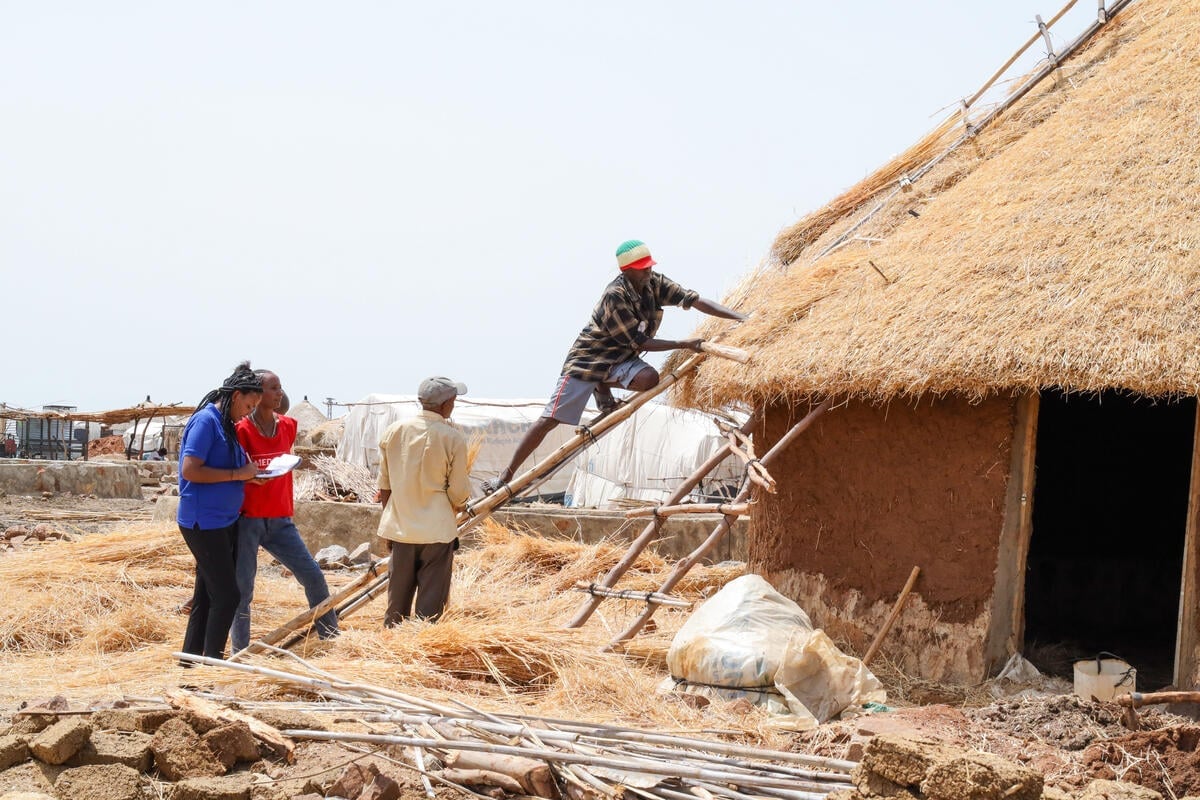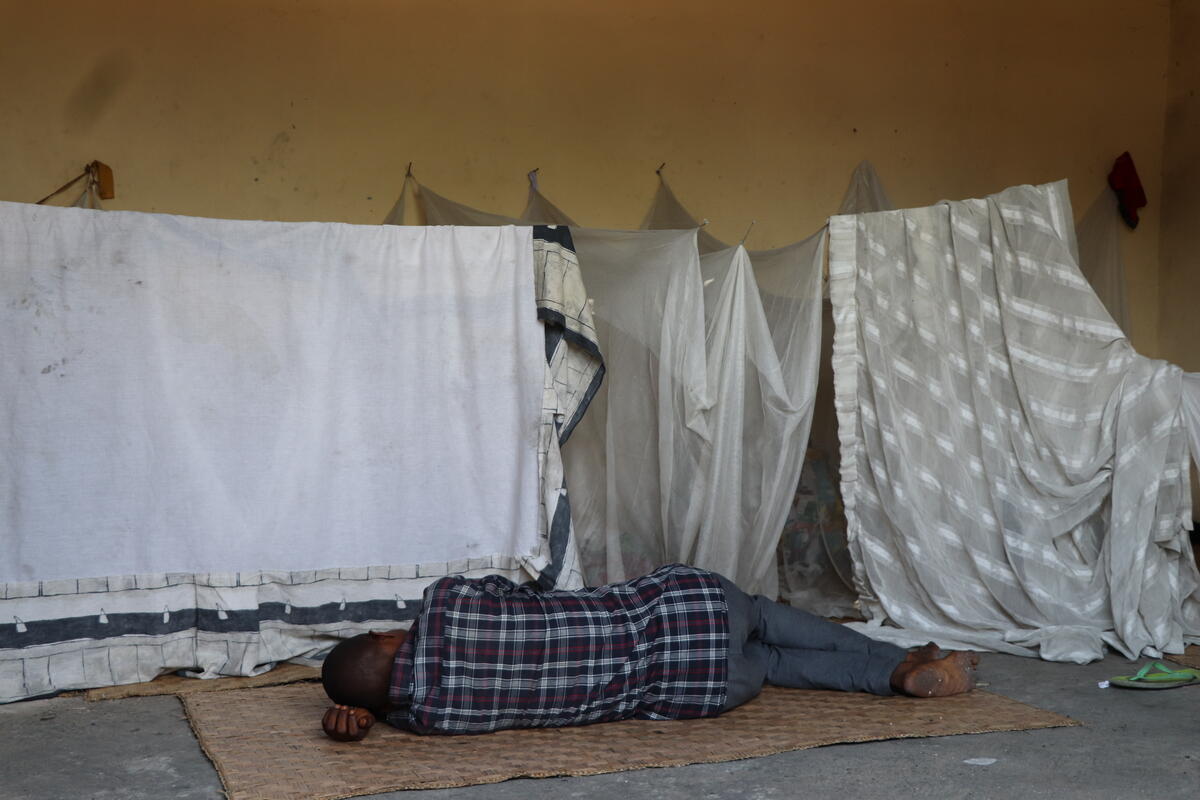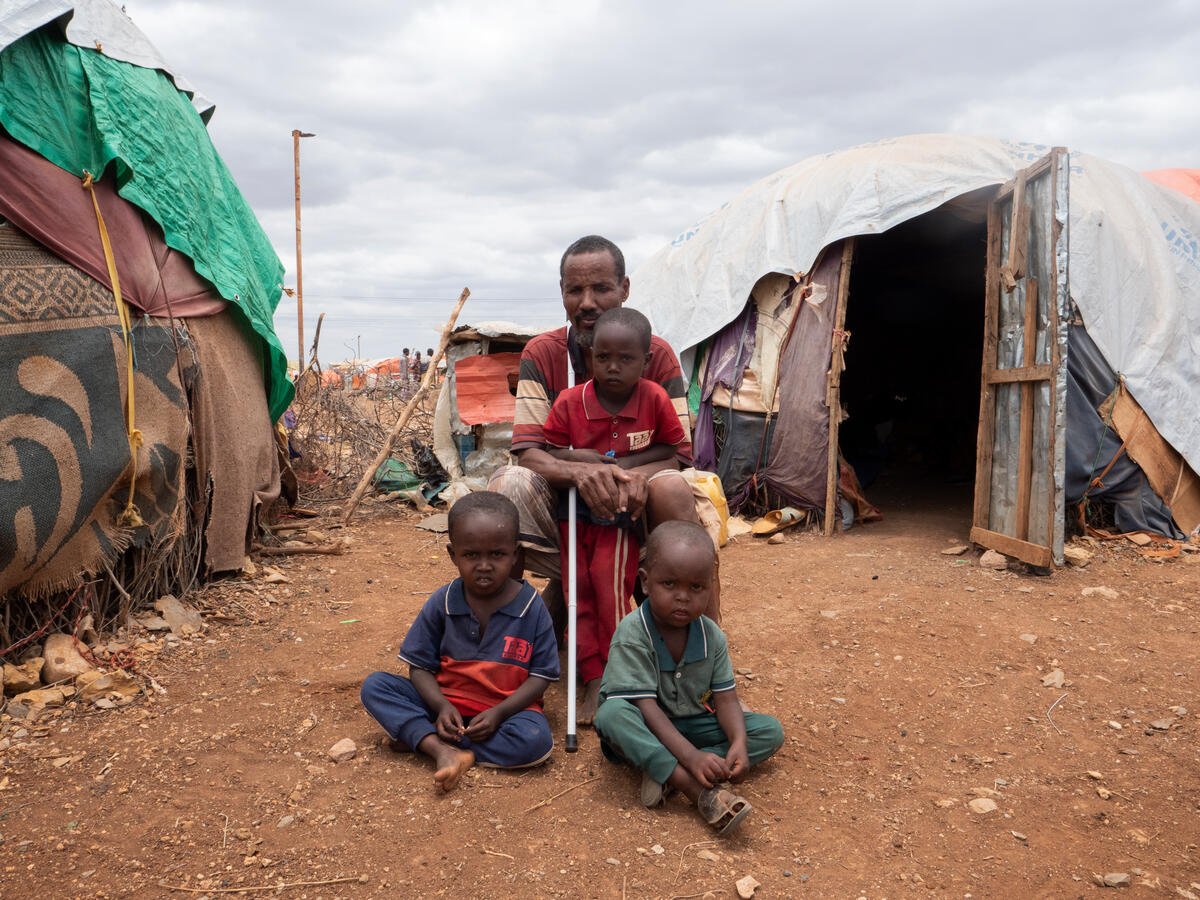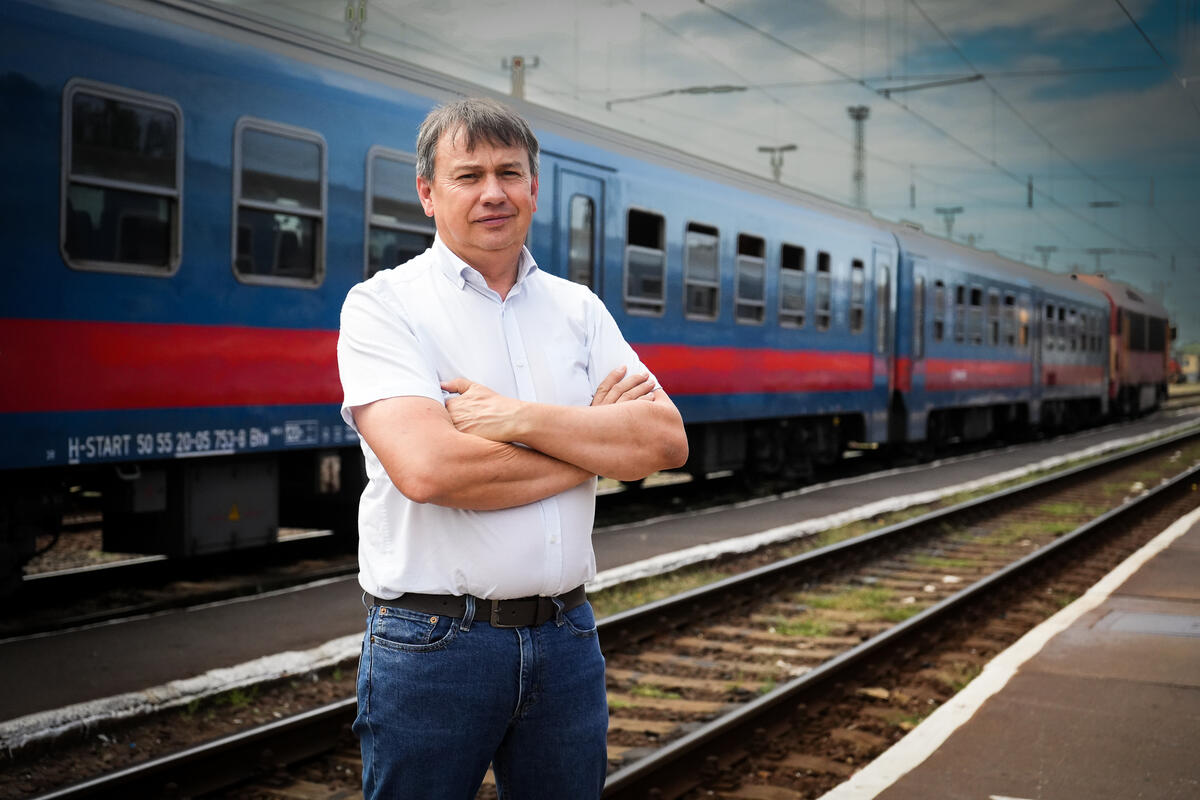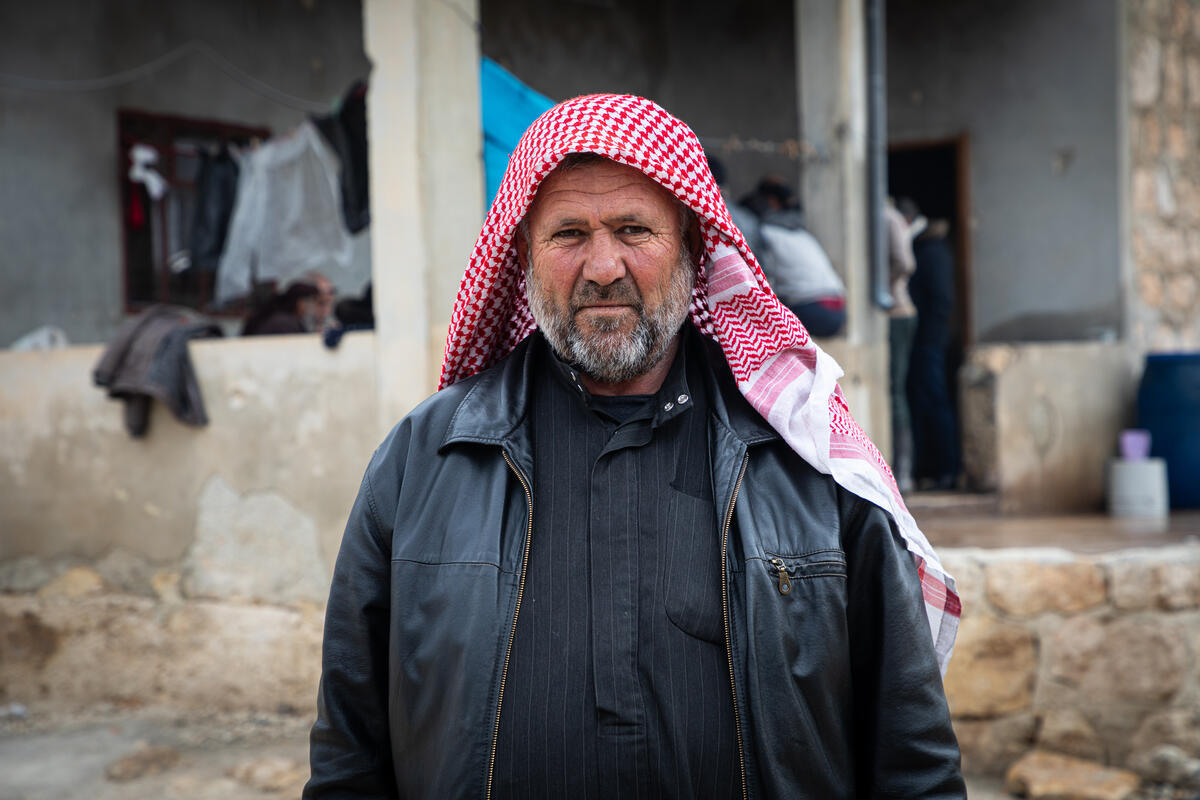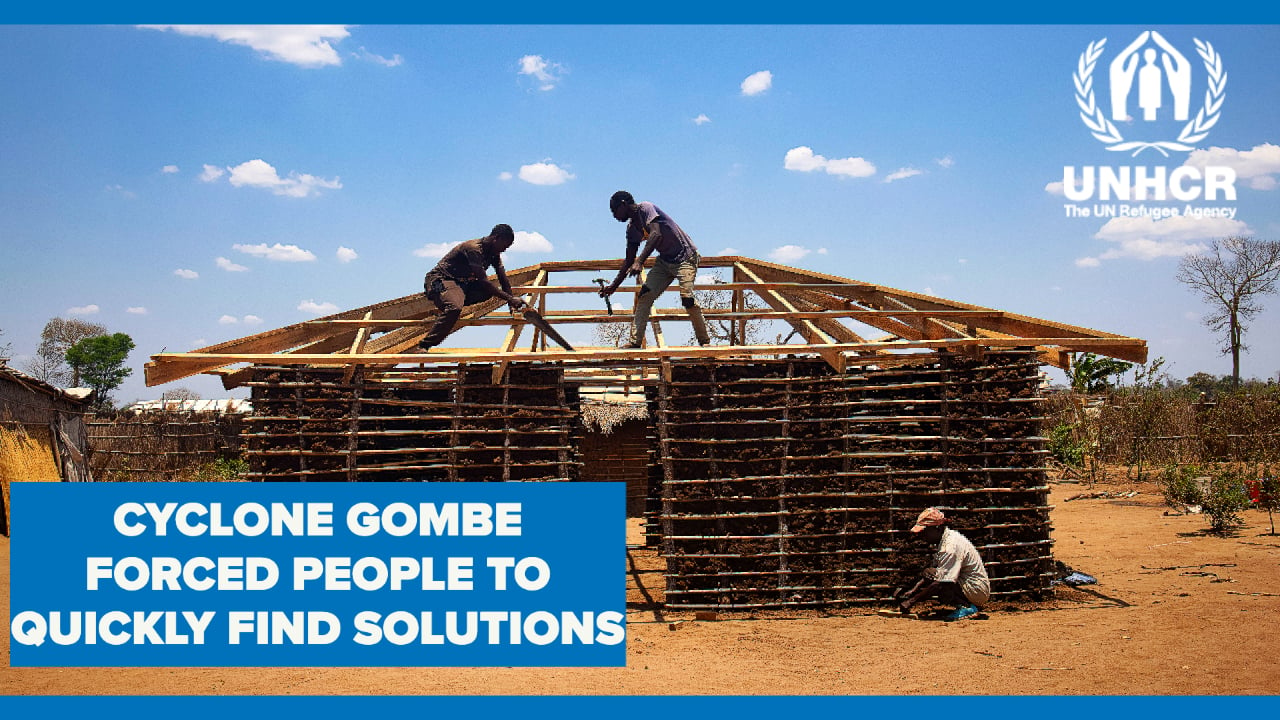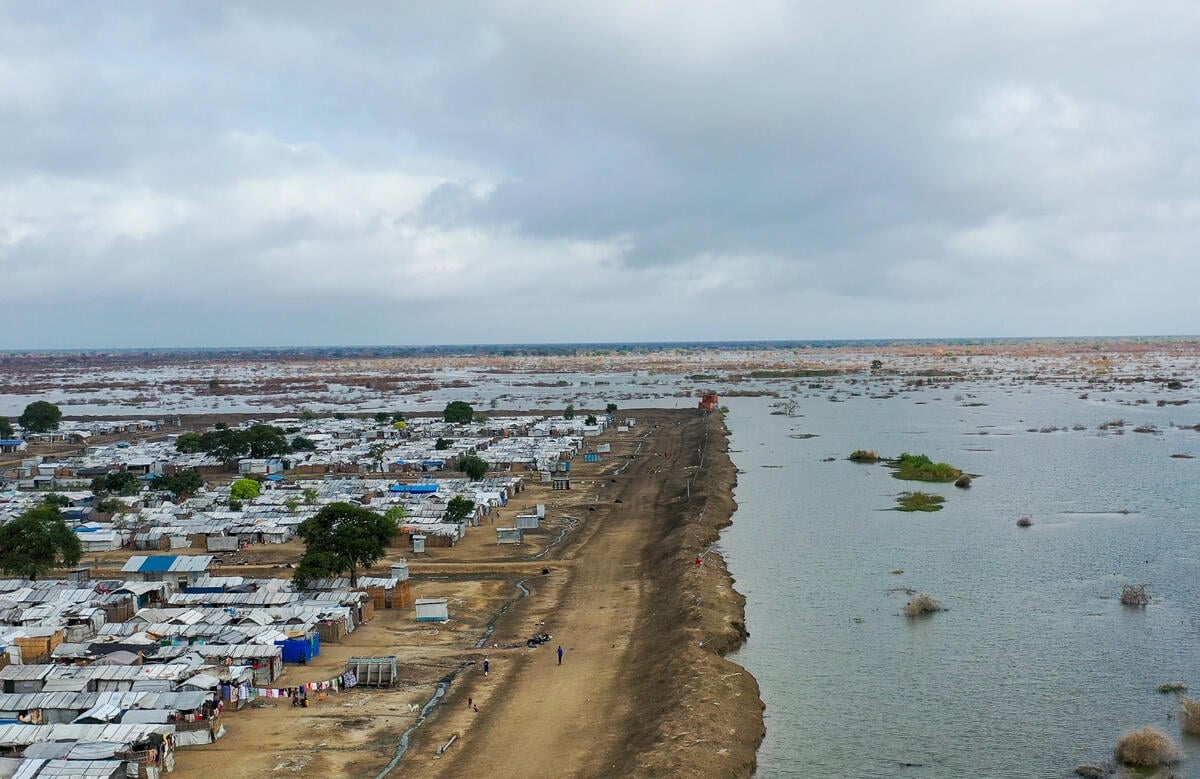Rohingya refugees build new homes on new site in Bangladesh
Rohingya refugees build new homes on new site in Bangladesh

KUTUPALONG EXTENSION, Bangladesh – Naju Miya and his family have been on the move for the last two months – sleeping in the forest, on the beach, in mosques and schools as they fled violence in Myanmar’s northern Rakhine state.
The 60-year-old patriarch has seen his house burnt down, a nephew shot and killed, and other atrocities since he left Maungdaw in late August. His daughter Yasmin, 15, recalled: “We faced so many problems along the way. There was nowhere to go and we were sick all the time.”
This week the extended family of eight finally found a new home on a site tentatively called OO. The zone is part of the larger 3,000-acre Kutupalong Extension site allocated by the Bangladesh government for the new arrivals.
Yasmin and her father are among more than 1,700 new refugees who until Tuesday were sheltered in schools in Kutupalong camp. A total of 5,000 of them will eventually be relocated to the new site from refugee schools and a nearby transit centre.
“The relocation will allow the refugee schools to reopen and free up space in the transit centre for further arrivals,” said Louise Aubin, UNHCR’s Senior Emergency Coordinator in Cox’s Bazar. “Space continues to be a major challenge to providing adequate shelter for all new arrivals.”
UNHCR, the UN Refugee Agency, has been working with the Bangladesh authorities to plan the new site, demarcating spaces for communal facilities including community centres, health posts, schools and child-friendly spaces. UNHCR is also working with partners to build latrines and dig tube wells to ensure that basic hygiene standards are in place. The agency has contributed US$2 million towards the building of an access road to improve access to Rohingya refugees and speed up the delivery of assistance.
Volunteers have been helping the most vulnerable refugees to move their belongings to the new site. In OO zone, Action Against Hunger provides food while local NGO Gonoshasthaya Kendra does medical screening. UNHCR is distributing shelter kits containing plastic sheets, bamboo poles and rope, while Save the Children has mobilized workers to help vulnerable refugees build their shelters.
Naju Miya cleared the land of shrubs but could not manage the heavy work of erecting the actual shelter. His children, two nieces and their three young children did what they could, and greatly appreciated the workers’ support.
“Now I am happy... I feel like a free bird!”
As the construction was underway, they created a makeshift stove and cooked some rice with dried fish. Even the babies were smiling, sensing the lightened mood around them.
Taking a break under a UNHCR tarpaulin, Yasmin flashes a mischievous smile: “Now I am happy. Here the weather is good and we have our own space. I feel like a free bird!”
She admits that despite the violence and turbulent journey they have endured, she misses her home and friends in Maungdaw, and cries when she thinks of them.
Asked if they would consider returning one day, her cousin Humaira, 21, says, “If the situation improves and the Myanmar government give us our freedom, identity and rights like citizens of Myanmar, we will go back.”
An estimated 605,000 refugees have arrived in Bangladesh from Myanmar in the last two months.
- Your support is urgently needed to help refugees in Bangladesh. Please give now.








